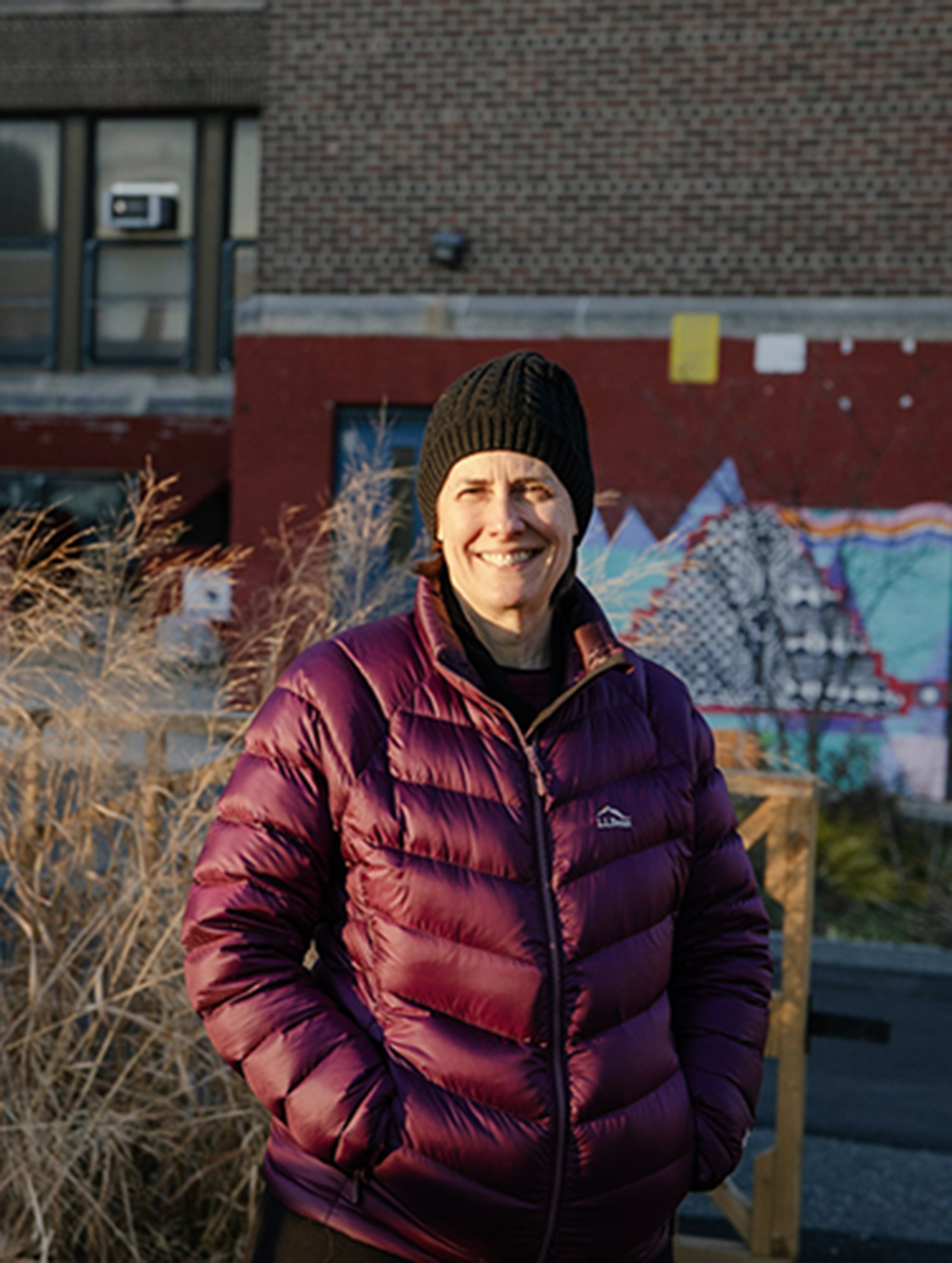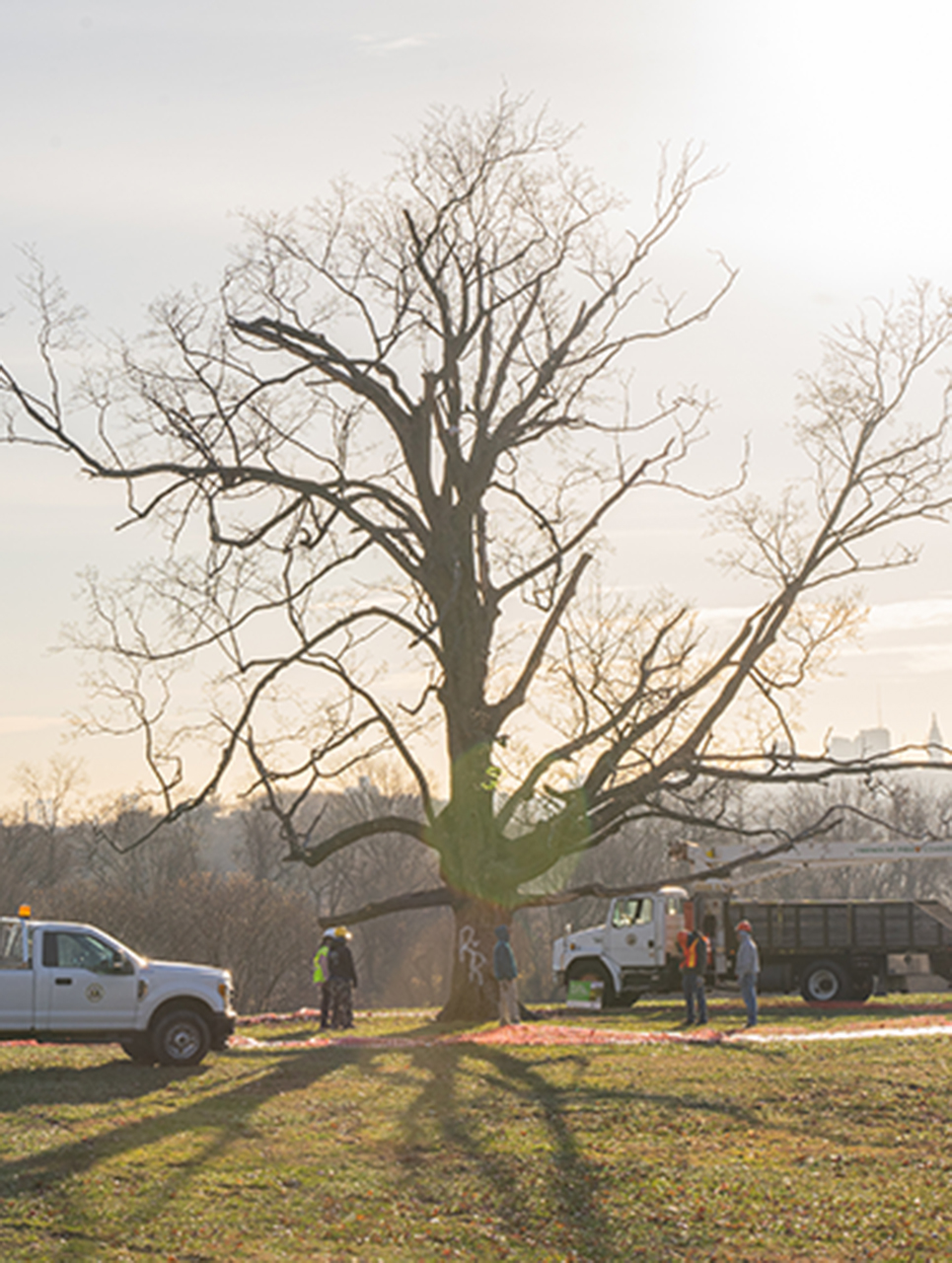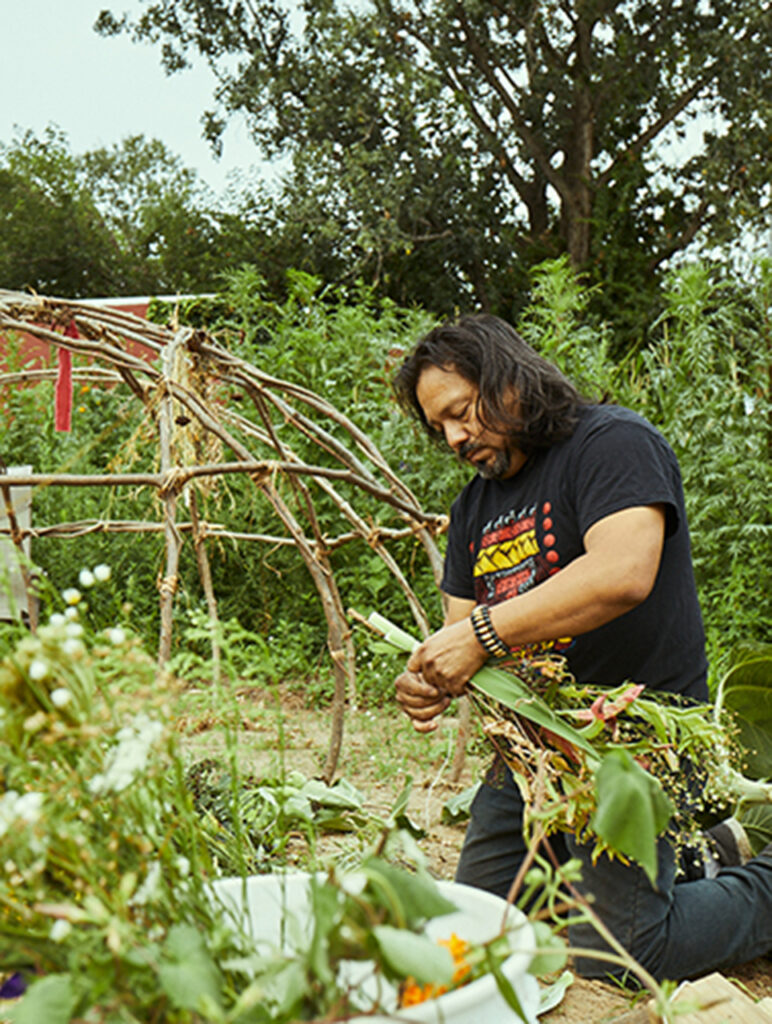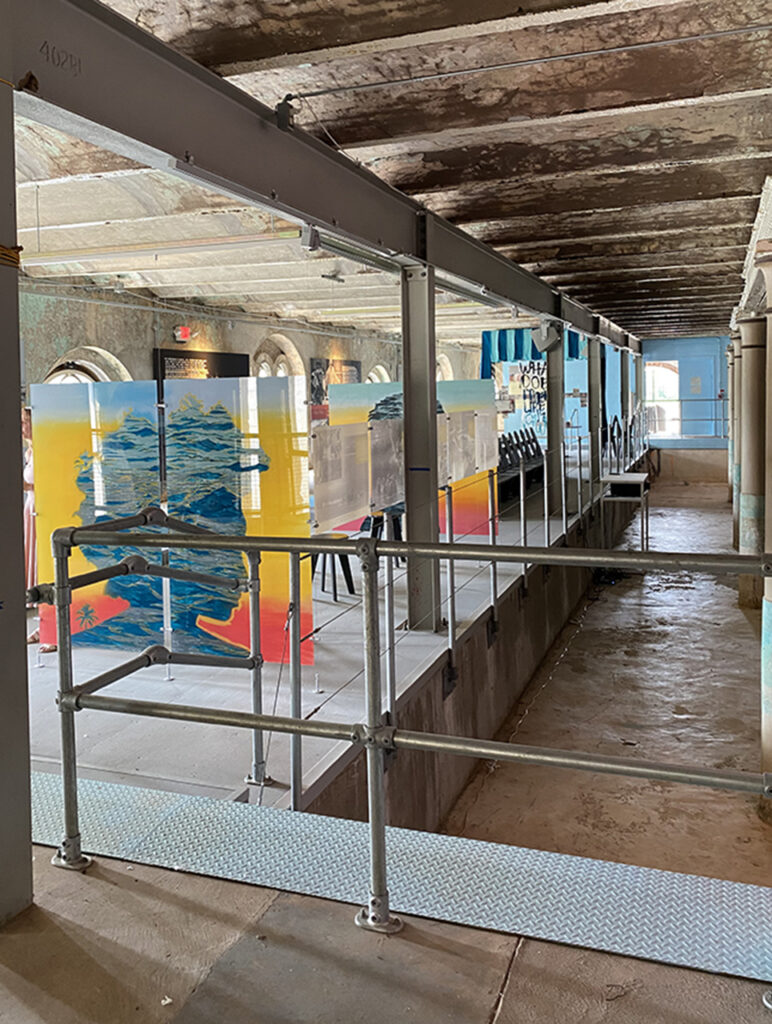Recently I slid a few dozen times down the curvy slide at Henry C. Lea School, as demanded by my daughter Gilda, who slid on the adjacent straight slide. She is almost three years old and thus has a bottomless appetite for repetitive fun.
Her older sister, Magnolia, is in the fourth grade at Lea. The schoolyard is where she lines up for school in the morning. At recess she burns off energy with games of tag and basketball, shows off tumbling moves on the springy pad under the two play structures, confers with friends and frenemies, and groans when the buzzer sounds to head back inside.
The Lea schoolyard isn’t just a place to socialize or exercise, though. It is also a giant sponge, engineered to soak up stormwater and reduce water pollution, as recently recognized by the Philadelphia Water Department (PWD), which named the Lea schoolyard, along with 12 others, as stormwater pioneers.
Up until about 10 years ago the Lea schoolyard was much more barren, and more of a stormwater liability than an asset.
Rainwater runs off of hard surfaces like asphalt schoolyards and into storm drains, overwhelming our combined stormwater/sewage system and forcing raw sewage into our creeks and rivers. PWD launched the Green City, Clean Waters program in 2011 to soften the city, using vegetation to soak up precipitation and cut back on the sewage overflows.
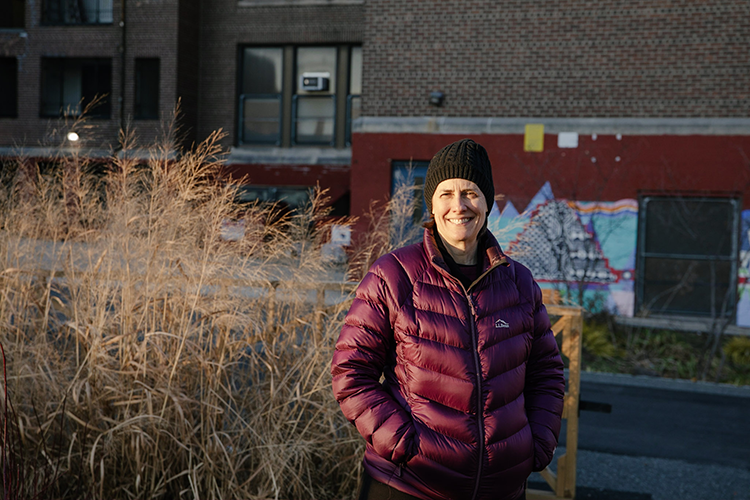
At Lea, fighting water pollution was a bit of an accident.
In 2011 the West Philadelphia Coalition for Neighborhood Schools (WPCNS) approached Lea looking for ways to cool the building, which gets oppressively hot in spring and summer, says Molly McGlone, a member of the coalition and a Lea parent.
The ability to integrate science learning, greening, a calming space—you can’t quantify the benefit.”
— Emma Melvin, School District of Philadelphia green infrastructure program manager
“The first thought was could the coalition raise money for air conditioners,” she says, but air conditioning proved impractical because the building’s electrical system would have needed to be upgraded. So the group shifted focus to planting shade trees and greening the playground, ultimately giving birth to the Greening Lea Project.
The coalition took part in a design workshop held by the Community Design Collaborative, according to Julie Scott, an architect and then-co-chair of Greening Lea. Now with a clearer vision for a greener schoolyard, the group kicked off the renovation in 2012 by replacing a strip of asphalt along one side with a garden planted with small trees, shrubs and perennial flowers.
In 2014, the school received a play structure, their second, from a nearby school that was closing and set both on a porous pad that serves as a surface ideal for tumbling as well as slowing stormwater runoff.
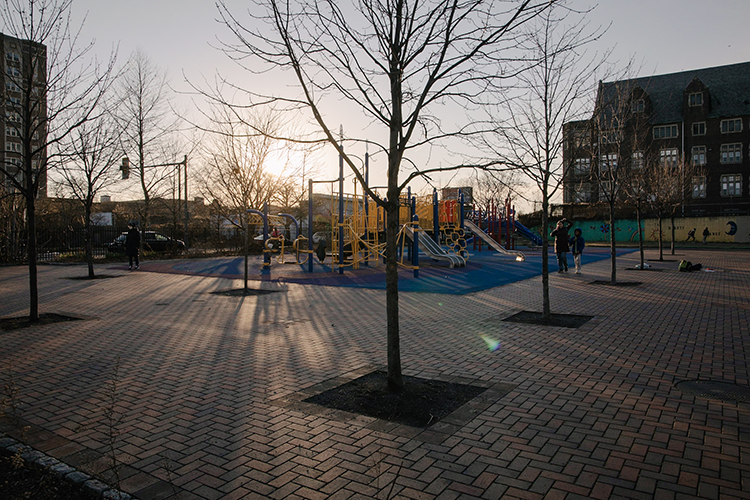
In 2015, the larger stormwater management project kicked off, including work above and below the porous surface to slow and capture water flowing across the schoolyard, feeding rain gardens along the downhill edge of the schoolyard as well as sixteen red maples framing the play structure pad.
Schoolyard stormwater projects like Lea’s have also spurred environmental learning. The Fairmount Water Works has developed a water curriculum and teacher training program to accompany the projects, including one with middle school teachers at Lea.
But not everything went according to plan at Lea. Some of the garden features were tempting for hurried students to cut through. Basketballs, like water, roll downhill into the plantings, each one retrieved by trampling feet. A recent revision added fences to protect the plantings, with gates to slow the kids to a more deliberate pace.
Lessons like these have helped to guide the dozens of schoolyard projects that have followed: 41 completed with 10 in the works, according to Emma Melvin, the green infrastructure program manager for the School District of Philadelphia. “Because these schoolyards are so multidimensional, we don’t always know how it’s going to go. Every school is a pilot. Always something you didn’t expect is going to happen.”
The Lea schoolyard renovation also benefited from a relatively well-off and highly educated school community. Scott, an architect, volunteered to coordinate the work. The coalition secured a grant from the PWD’s Stormwater Management Incentives Program (SMIP) for about $250,000, half the estimated $500,000 schoolyard renovation costs. They raised the rest from other grants, local businesses and neighborhood funding campaigns.
“Lea is an exception, not the norm,” Melvin says. “Most school communities don’t have that capacity.”
In more recent projects the school district has taken the lead to secure funding, sometimes in partnership with The Trust for Public Land.
As any Philadelphian can tell you, a schoolyard isn’t just for kids. Plenty of grownups shoot hoops or find a quiet corner to talk (or make out) with a companion. Our neighborhood association uses the schoolyard for events such as health fairs, all much more comfortable in a gardened space with shade trees.
“I do believe these projects provide benefits to students, families, and also to the community as a whole,” Melvin says. “The ability to integrate science learning, greening, a calming space—you can’t quantify the benefit.”


